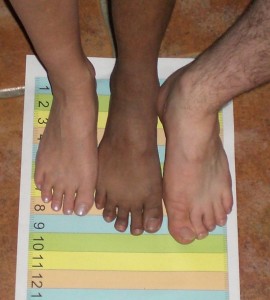 Last night the UConn Huskies won the NCAA basketball national championship. I earned my PhD in Nursing from the University of Connecticut, and I never attended or even watched (on TV) a basketball game! My grandfather used to watch every game, and when he’d ask if I was watching I would say, “Grandpa, undergraduates watch the games; graduate students just read.”
Last night the UConn Huskies won the NCAA basketball national championship. I earned my PhD in Nursing from the University of Connecticut, and I never attended or even watched (on TV) a basketball game! My grandfather used to watch every game, and when he’d ask if I was watching I would say, “Grandpa, undergraduates watch the games; graduate students just read.”
But last night I got to see the UConn Huskies play and win, and it made me think about managing diabetes. Sometimes we “sink it,” and sometimes we lose the ball. We work hard to achieve healthy numbers and protect our blood vessels, just as those players train for each game. We don’t always get to see results as quickly as basketball teams do, and there are definitely times when we lose.
I hope those basketball players enjoy playing the game in spite of all the hard work – and sweat – that goes into it. For us there is hard work too, but taking care of diabetes allows us to enjoy the game (life). Congratulations, Huskies!







